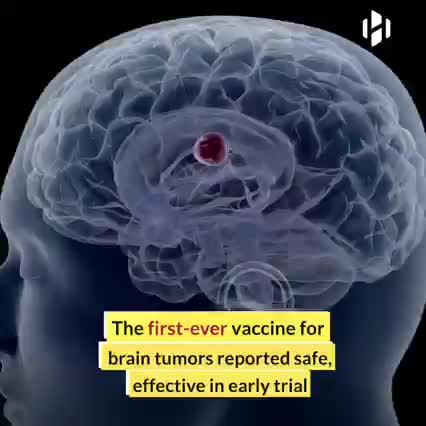Seeing a wind turbine being installed from start to finish is mind-blowing! 🤯 💨.



Uber customers will now be able to request an electric vehicle for the first time as the ride-hailing app looks to become fully electric by 2025.
Launching today Uber Green will give passengers in Zone 1 the opportunity to request an electric vehicle at no extra cost.
The journey will cost the same as a regular UberX journey on the app and drivers will receive a higher fare per trip.








Find any two people with a diagnosis of depression, and there’s more than a fair chance one of them will also experience an anxiety disorder at some point in their life.
While the triggers for each condition are undoubtedly complex, it’s clear the genes we inherit can play a strong part in setting us up for a lifetime of bad mental health.
A new study led by researchers from the QIMR Berghofer Medical Research Institute in Australia has now identified 509 genes shared by both psychiatric disorders.